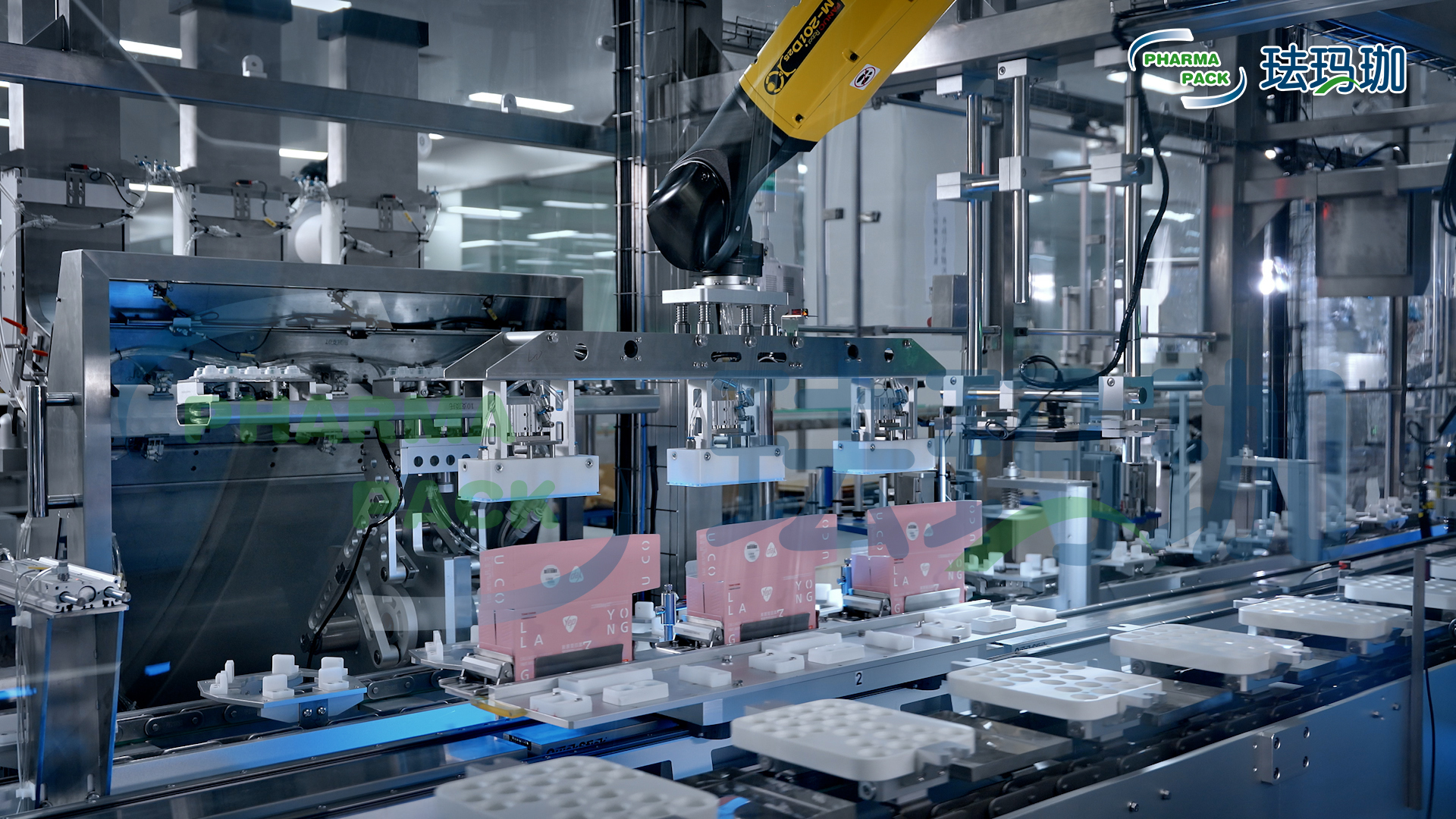

In the wake of recent global disruptions, one thing is clear: resilience is no longer optional—it’s essential. From the COVID-19 pandemic to the Suez Canal blockage and widespread raw material shortages, the pharmaceutical industry has learned hard lessons about the fragility of global supply chains. And packaging—often viewed as a downstream concern—has emerged as a frontline factor in maintaining continuity of supply.
Packaging isn’t just about containment and compliance; it’s a critical enabler of patient access, regulatory readiness, and public health protection. When a packaging line stalls due to missing materials or an outdated system can’t adapt to a new market regulation, the consequences cascade far beyond the warehouse.
This article is a guide for pharmaceutical leaders looking to fortify their packaging supply chains. From identifying key risks to adopting best practices and future-ready technologies, we explore how to build resilience by design—not by reaction.

Many pharmaceutical manufacturers rely on single-source suppliers for specialty packaging components—such as high-barrier films, medical-grade foil lidding, or serialized cartons. While these materials meet strict regulatory and functional requirements, they also create single points of failure.
Disruptions at the supplier level—whether due to geopolitical tensions, raw material scarcity, or transportation issues—can derail production timelines and delay product releases. And with lead times on certain specialty materials stretching from 4 weeks to 20+ weeks, the ripple effect can be significant.
Mitigation strategies include:
lDiversifying the supplier base, especially by qualifying regional or domestic vendors.
lConducting regular supplier audits to ensure stability and quality.
lInvesting in recyclable or modular packaging formats that reduce dependence on constrained inputs.
Incorporating material flexibility into packaging design can protect against future shortages while aligning with long-term sustainability goals.
Rigid packaging lines—optimized for a single product, SKU, or format—are highly efficient in stable conditions but prone to failure during periods of volatility. Whether it's a product recall, a promotional surge, or a pandemic-driven demand spike, static systems can’t adapt quickly enough to changing realities.
The answer lies in modular, configurable packaging equipment that supports:
lFast format changeovers
lMulti-product handling
lScalable production volumes
These systems reduce the time and cost of changeovers, allowing facilities to shift between products with minimal disruption. During high-demand cycles, such flexibility can eliminate the need for costly outsourcing or overproduction.
The ROI of modularity isn't limited to crisis situations. Over time, it enables leaner operations, smarter asset utilization, and greater responsiveness to market demands.
In today’s regulatory environment, changes can come fast—and without warning. National mandates around serialization, tamper-evident features, or environmental restrictions on certain materials can force rapid packaging redesigns.
Consider the impact of:
lA sudden ban on a commonly used ink or adhesive.
lA new labeling requirement in a key export market.
lUpdated data reporting rules for product traceability.
Packaging operations must be equipped to pivot quickly, with systems that support:
lOn-demand label updates
lFlexible compliance workflows
lIntegrated QA/QC validation tools
Technology is key here. Automated packaging lines connected to centralized data platforms can implement regulatory changes without halting production—minimizing launch delays and compliance risks.
You can’t manage what you can’t see. Real-time visibility across the packaging supply chain is the foundation of resilience.
Modern pharmaceutical companies are increasingly connecting their packaging machines to ERP, MES, and WMS platforms, creating a closed-loop system that enables:
lReal-time tracking of material inputs and production outputs
lAutomated stock-out forecasting
lCapacity balancing across sites or contract manufacturing organizations
More advanced companies are going a step further with digital twins—virtual models of packaging operations used to simulate performance, identify bottlenecks, and test contingency scenarios without disrupting live production.
Digital visibility empowers packaging teams to respond before disruptions escalate, whether that means rerouting inventory, accelerating shipments, or switching formats.
Building resilience also means anticipating what could go wrong—and preparing in advance.
Leading pharma companies are investing in scenario-based risk modeling, accounting for variables like:
lRegional labor shortages
lTransportation strikes
lEnergy rationing or grid instability
lCyberattacks on logistics infrastructure
By combining agile manufacturing protocols with remote monitoring tools, companies can activate pre-approved contingency plans with minimal delay. For example:
lRemote machine diagnostics help identify and resolve issues without flying in service engineers.
lCloud-based control platforms allow packaging lines to be adjusted centrally in response to local constraints.
lAutomated changeover systems reduce dependency on human intervention.
This agility is especially critical when serving multiple markets, where regulatory, cultural, and infrastructure differences demand rapid packaging adaptation.
At Pharmapack, resilience isn’t a buzzword—it’s a core principle of our design philosophy.
Our modular packaging solutions are engineered to thrive in volatile conditions. Whether you need to scale up production, pivot to a new format, or shift to a backup site, our machines are built for:
lRapid deployment and commissioning
lMinimal tooling requirements for changeovers
lMES-ready integration for digital oversight
We also provide:
lRemote monitoring and support, ensuring uptime even when on-site access is limited
lRegulatory adaptability, with plug-in modules for serialization, tamper evidence, and regional compliance
lSupply chain audits, helping clients identify weak points and recommend packaging upgrades to reduce vulnerability
Our partnership model goes beyond equipment—we work with you to build systems that are future-ready, disruption-proof, and patient-centered.
Pharmaceutical packaging is no longer just a question of cost or compliance—it’s a strategic lever for supply chain resilience.
In an age of constant disruption, resilient packaging systems:
lProtect patients’ access to critical therapies
lEnable regulatory adaptability
lMitigate risk across sourcing, production, and distribution
Now is the time for packaging leaders to evaluate their readiness. Ask yourself:
lHow quickly can your current systems adapt to material shortages or regulatory shifts?
lAre your packaging operations digitally connected and scenario-tested?
lDo you have the agility to maintain continuity—no matter what comes next?
Pharmapack is here to help you answer those questions—and engineer the solutions. Let’s future-proof your packaging strategy together.
Get in touch today to learn how our resilient systems can help you stay ahead of the next disruption.